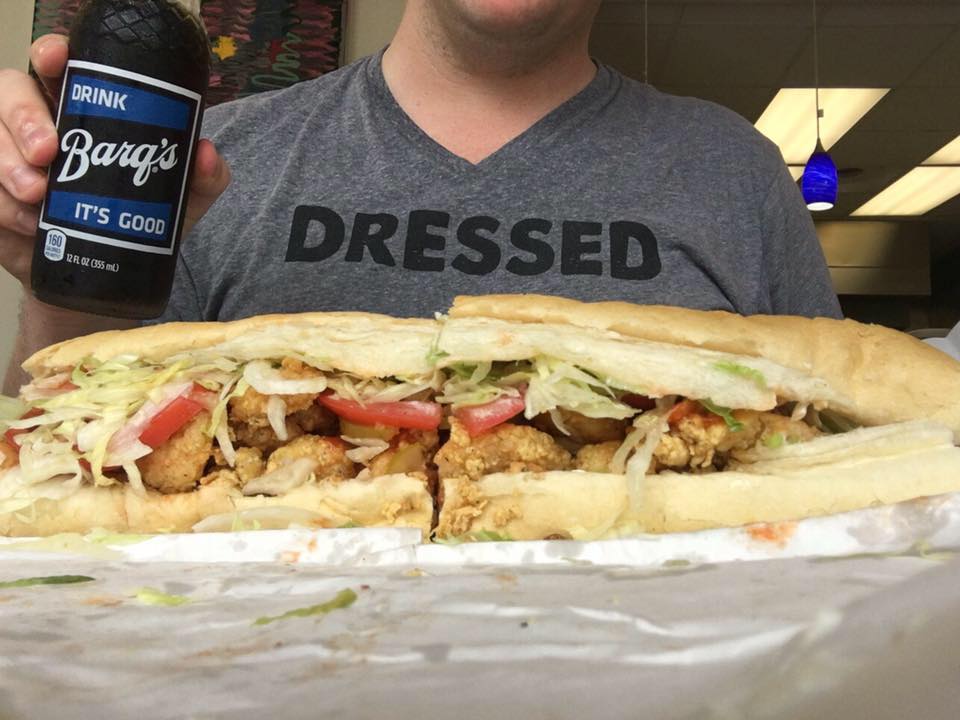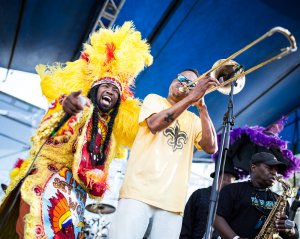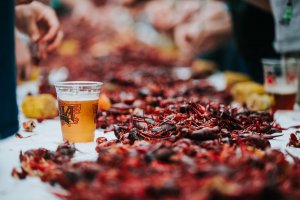New Orleans Lingo: A Few Words to Know

Photo courtesy of Dirty Coast on Facebook
New Orleans is often described as the most European city in the United States — or the northernmost Caribbean island. Settled by Native Americans, colonized by the Spanish, French and American governments, populated by Creoles, African slaves and European immigrants, and surrounded by Acadian settlers (known as Cajuns), it’s no wonder the Crescent City’s residents have a way of speaking that doesn’t sound like anyone else’s.
The downside? This unique lexicon can make New Orleanians hard for outsiders to understand.
Here’s a list of key words to know before you go.
Alligator pear: Yat speak for an avocado (that skin DOES look like a gator’s tough hide).
Banquette: A sidewalk
Bo bo: A bruise, cut, scrape or other minor injury, usually sustained by a child. Never called a “boo-boo.”
Brake tag: An inspection sticker placed on a car’s windshield to indicate it is in good working order.
Cher: A Cajun term of affection derived from French and often pronounced “sha.” E.g., “You’re looking good, sha!”
Chicory: A bitter, roasted root brewed in lieu of coffee during France’s 1808 Continental Blockage and the U.S. Civil War, which New Orleanians continue to add to coffee because of its strong flavor. Best enjoyed in sweetened café au lait.
Coffee milk: A treat for young children, it consists of a dash of chicory coffee mixed with a cup of warm milk and sugar.
Dressed: A po-boy served “dressed” comes with lettuce, pickles, tomato, and mayonnaise.
Fixing to: Getting ready to do something. E.g., “I’m fixing to go to the store.” Also shorted to “fixina” or “finna.”
Gris gris: A Voodoo spell or charm, usually in the form of a small bag filled with rice, herbs, small stones, coins, or other amulets.
Go-cup: Like a to-go box you’d get at a restaurant to carry your leftovers, a go-cup is any plastic cup used to transport your unfinished alcoholic drink when you’re ready to leave the bar.
Gumbo: A spicy stew made with a roux base and thickened with okra, gumbo comes in seafood, chicken, sausage, and z’herbes (green) varieties, to name a few. Its name is derived from the African name for okra.
King cake: A delicious ring-shaped cake made of a cinnamon roll-like dough and topped with purple, green and gold sugar, with a tiny plastic baby inside. Whoever gets the baby has to buy the next king cake. Served only from Epiphany (January 6) until Mardi Gras.
Lagniappe: A little something extra, similar to a bakers’ dozen. E.g., when you dine at Brennan’s and get a free praline, that’s lagniappe.
Mais yeah: Cajun French saying that translates literally to “but yes,” it’s used to express excitement or agreement.
Make groceries: Yat speak for buying groceries, it’s derived from the French phrase “faire le marché” (make the market).
Merliton: A pale green squash-like gourd.
Neutral ground: Known as a median in other locales, a neutral ground is the wide grassy strip between streets.
Parish: The equivalent of a county. “The Parish” (or “Da Parish”) specifically refers to Chalmette, a New Orleans suburb.
Pirogue: A flat-bottomed Cajun boat, pronounced PEE-row or PEE-rogue.
River side, lake side: New Orleans speak for north and south: River side refers to the Mississippi River, which borders the city to the south, and lake side refers to Lake Pontchartrain, which borders it to the north.
Shotgun house: A long, narrow, hall-less house common to New Orleans, which was named so because if one fired a shotgun through the front door, the shot would go straight through the house without hitting a wall and exit through the back door.
Ward: Designations dividing New Orleans into 17 regions, or wards, which are subdivided into precincts.
Where y’at: Yat speak for “How are you?”
Wardies: People who live in your ward. Also pronounced “whoadies.”





